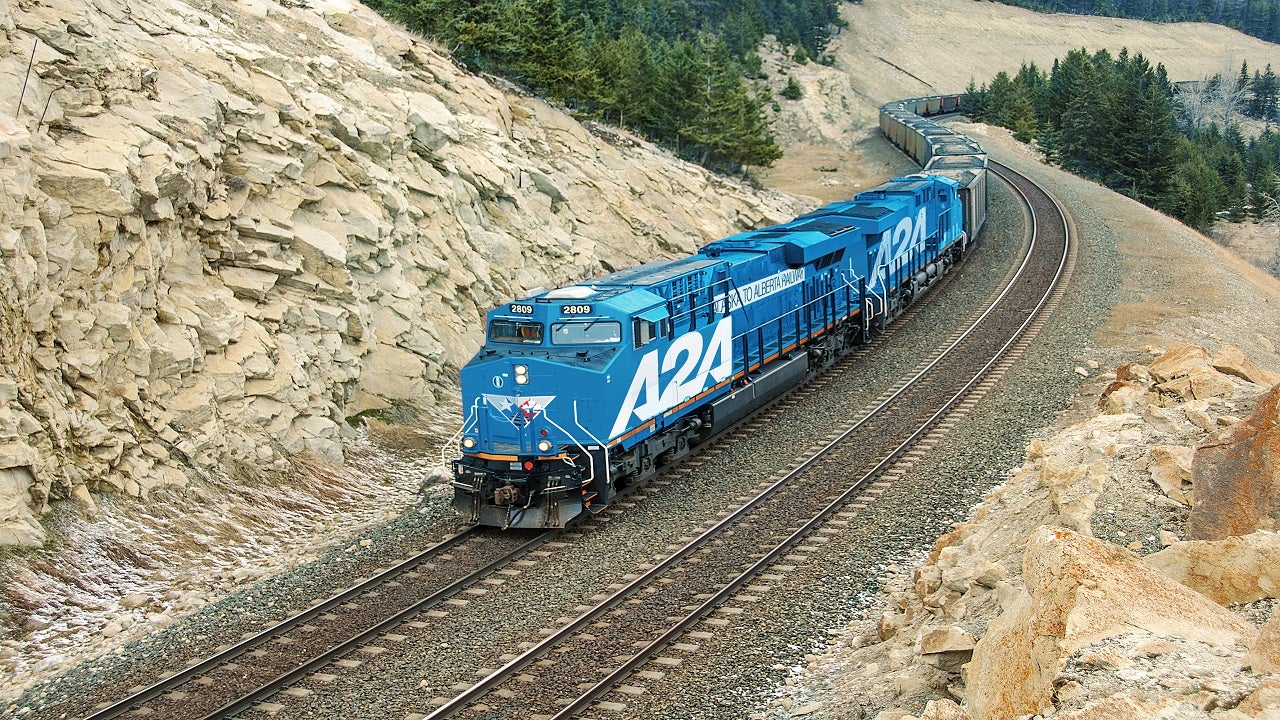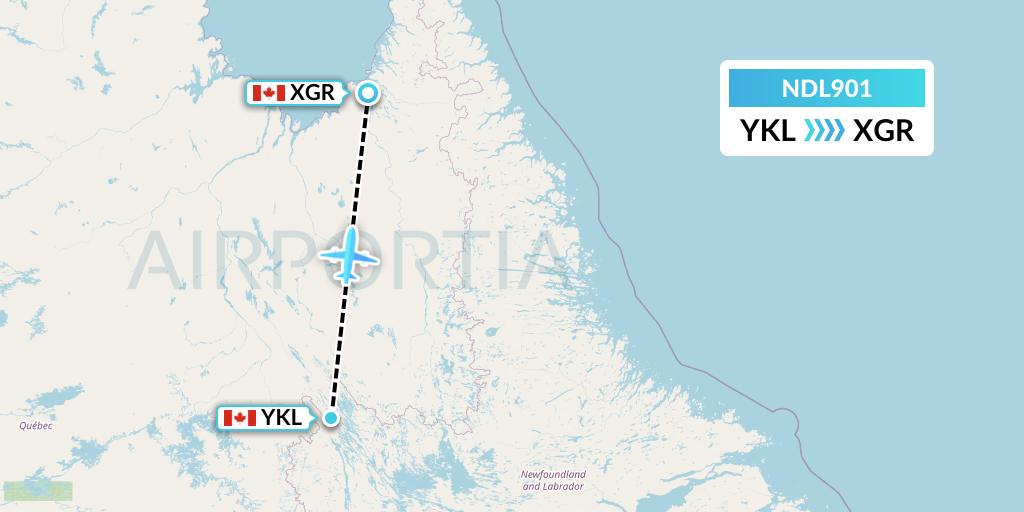6ixGod
New Member
Interesting points. This makes me wonder why we bothered making a rail line to Moosonee in the 1930 and maintained to before the beginnings of the tourist train era. Passenger service alone was likely not viable.

Moosonee station - Wikipedia
en.wikipedia.org
"The first station in Moosonee was built in 1932 by the then Temiskaming and Northern Ontario Railway."
But why?
People often forget that Ontario has a direct connection to the sea via Hudson’s Bay. Before the St. Lawrence Seaway was constructed, Ontario was seriously considering building a seasonal deep sea port at Moosanee. Here’s a New York Times article from 1960 outlining the details.
VILLAGE PICTURED AS THRIVING PORT; Moosonee, North of Toronto, May Become Salt-Water Outlet for Ontario (Published 1960)
Moosonee development as Ont's 1st salt-water port planned
With the Northwest Passages thawing out, Ontario will be directly connected to the ocean year round. They could potentially revive the project. A few local MP’s have been pushing the idea.

Future Arctic Navigation and Northwestern Atlantic Ports
The looming prospect of trans-Arctic ship navigation has prompted Chinas ship industry to develop co...
A pair of railway lines extends north toward Hudson Bay at the Port of Churchill and to the south at James Bay, to the town of Moosonee on the Moose River that could realize economic benefit from trans-Arctic container shipping. The railway line at Moosonee connects south into Canada’s biggest market for international container trade as well as to major American Great lakes cities such as Detroit and Chicago. If a future Canadian trans-Arctic navigation would last for six months from early in May to late in October, there may be merit in developing a container port near Moosonee. The railway distance from Moosonee to Chicago and Toronto is much shorter than the railway distance from Pacific Coast container ports to these cities, with the prospect of lower per container transportation costs from East Asian ports. During a future Canadian trans-Arctic navigation season, a container port on James Bay near Moosonee would compete with other Eastern Canadian container ports located along the Lower Saint Lawrence River and at Cape Breton. That shipping season would coincide with the peak movement of containers carrying international trade between East Asia and North American warehouses.
This is where Moosanee beats out Churchill IMO. It would transform Northern Ontario if this goes through.










